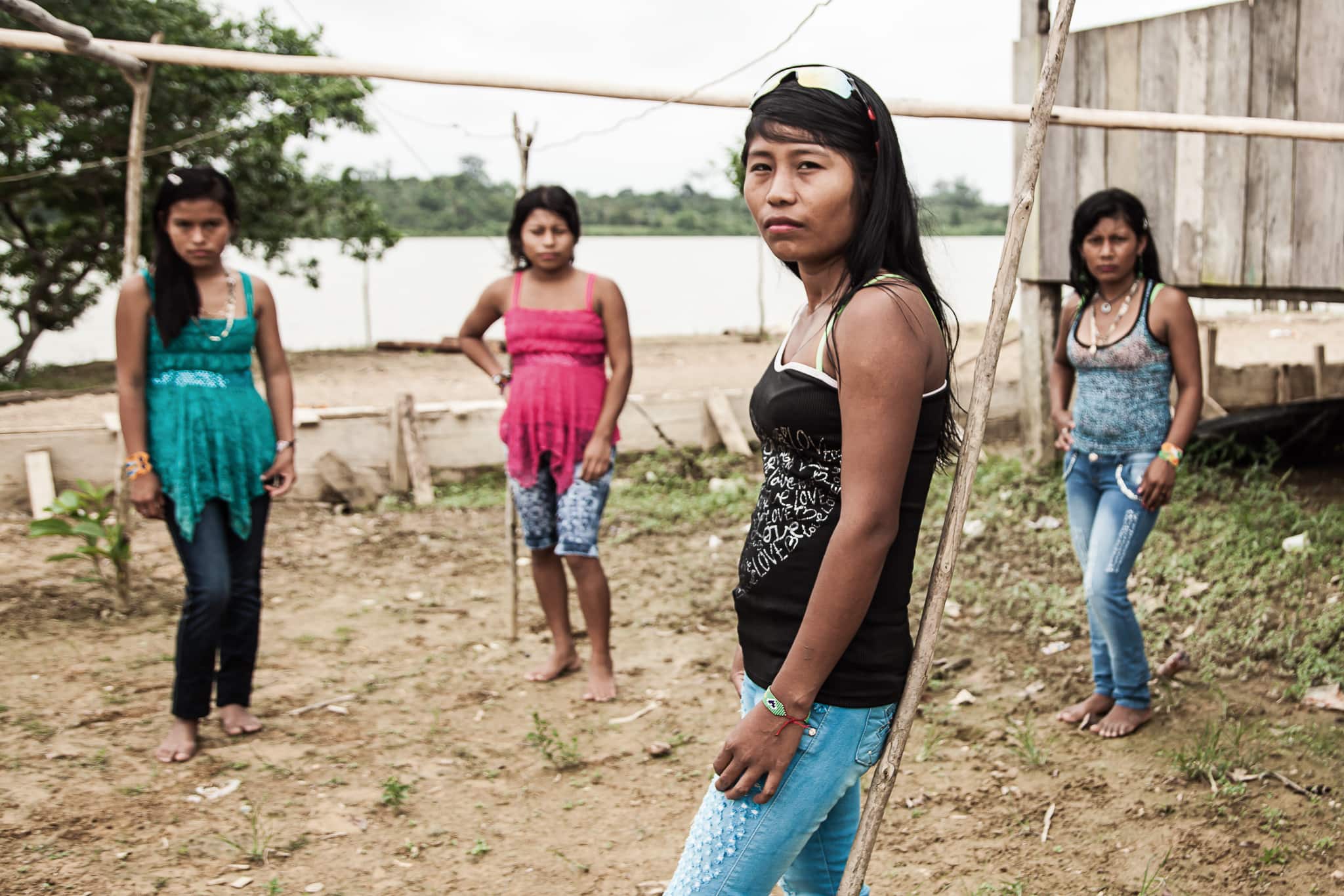
Isĩm Khũin: fashion and tradition in indigenous communities
A few years ago, photographer Juan Pablo Marín arrived in the community of Burujón, on the banks of the San Juan River on the Pacific coast and the border between the department of Valle del Cauca and Chocó in Colombia. A cousin invited him to give a photography workshop for the local Wounaan youth.
When he met them, some did not speak Spanish, and others were not fluent; however, they were attentive to fashion trends, vallenato, reggaeton, and international soccer. Many of them had fashionable hairstyles and clothing associated with the musical genres, all combined with body paint, necklaces, and some elements of their traditional dress.
Juan decided to make a series of portraits of these young people, which became the project Isĩm Khũin, which means people of now. The work shows the changes and social transformations that the community is going through based on the body and aesthetics of its young people. They build hybrid identities that add to their traditional cultural values and practices, the aesthetics and traditions of other peoples and cultures. Some of these young people speak Spanish and sing vallenato, a musical genre from the Colombian Caribbean coast.
Juan has accompanied the process, and together they recorded one of the music clips of the group Los Patrones del Vallenato. He is preparing to continue his documentary work with them.

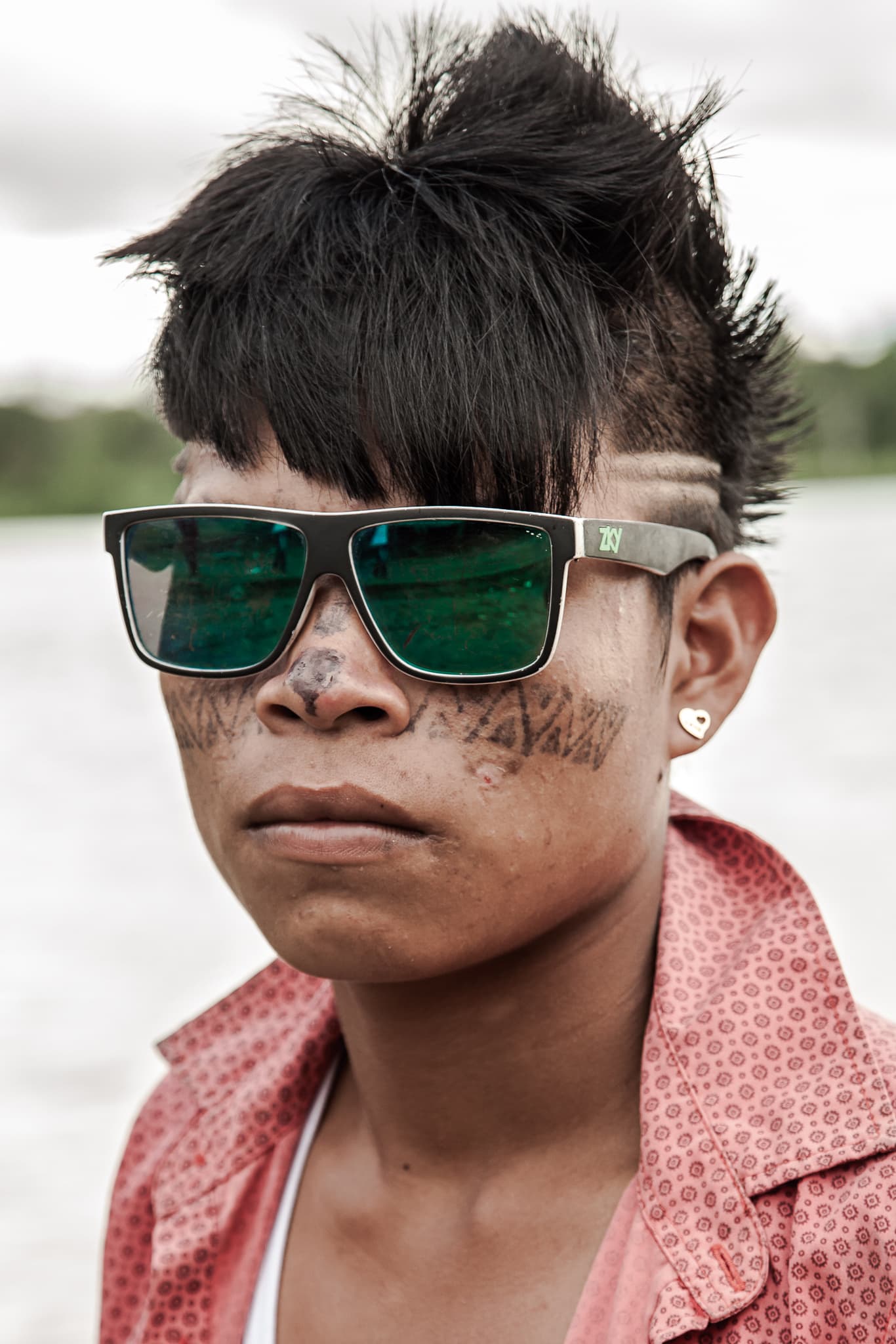
How did you come to the San Juan River?
A cousin was there a few years ago as a teacher, and he invited me to go there to share a photography workshop with the students. From that moment on, the relationship with the community of Burujón grew stronger. After that, I developed a series of documentary projects with them. I have traveled many times as a photographer and collaborator on different projects.
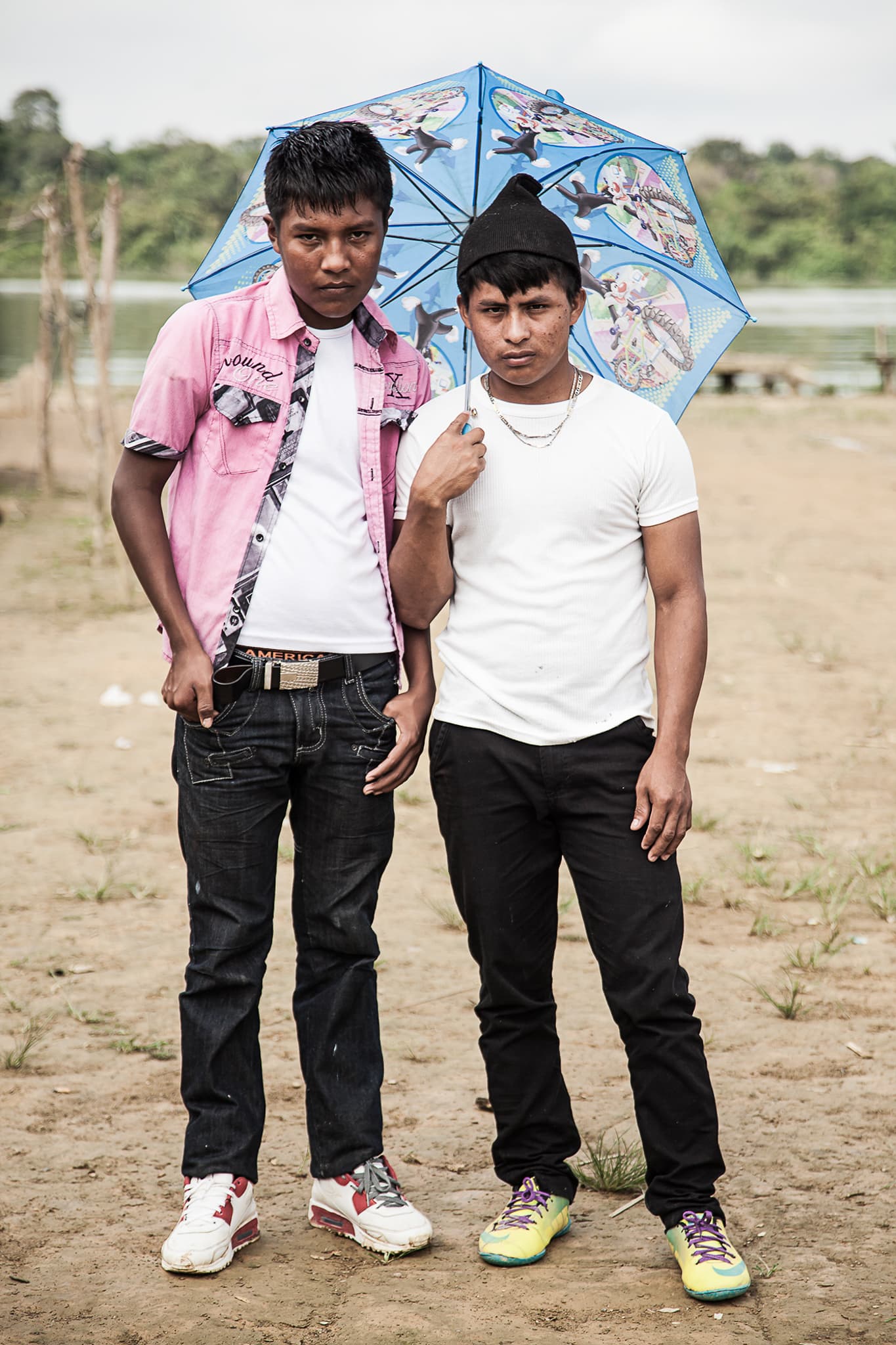
Why the interest in young people?
My interest as a photographer is not only to record a community; it is also pedagogical. I have a degree in philosophy and have always been interested in education. Young people are that group of people generally interested in this type of project. So, first, there is a relationship with young people, primarily through the workshops, and second, I am interested in this group because they are the ones who are showing many changes and transformations.
My generation has lived through significant cultural, social, and political changes. But these young people are the ones who are living these changes in a much more accelerated way. And there are many elements to portray and get to know what is happening.
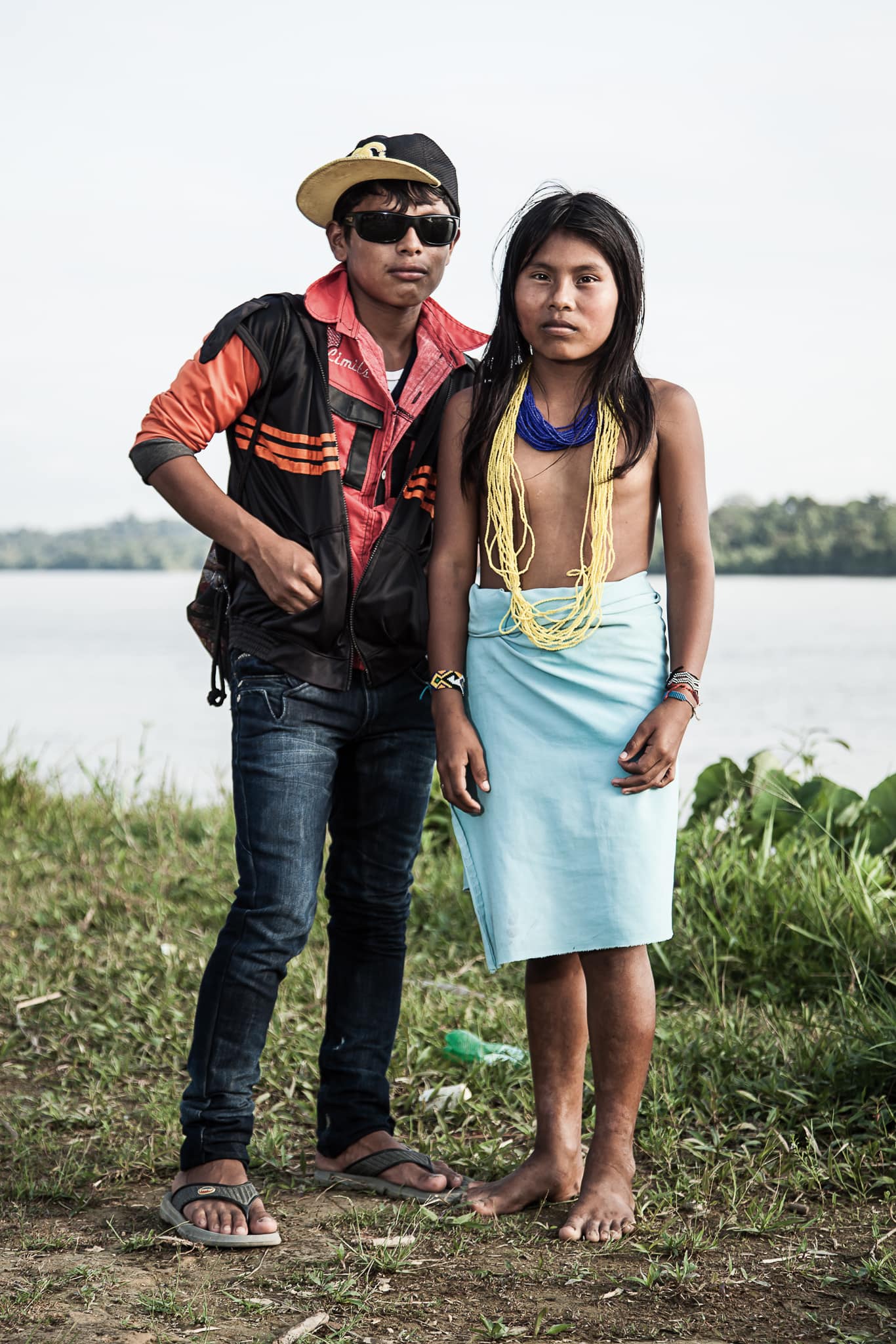
The most common and traditional representations read the change in the indigenous communities as a loss.
There is no problem in assuming the customs, the fashions of the ‘West’ for the new generations. That is the dynamic of globalization. It reaches everywhere, and many people see it as something new and positive. They live their daily lives consuming fashionable music and international soccer. They adapt these ways of dressing, speaking, moving, etc., to their form.
It has reached another level. In Isĩm Khũin you can’t see that some of these young people have formed vallenato and reggaeton groups. I’ want to document that. Some of the young people who appear in the project are part of Los Patrones del Vallenato, the most recognized group in the region. They have traveled to Venezuela, Ecuador, and other places to play. For them, these other cultural traditions are possibilities.
I don’t feel that the elders judge the young people either, nor is there any nostalgia. However, there is a constant attempt to keep cultural values and traditions alive.
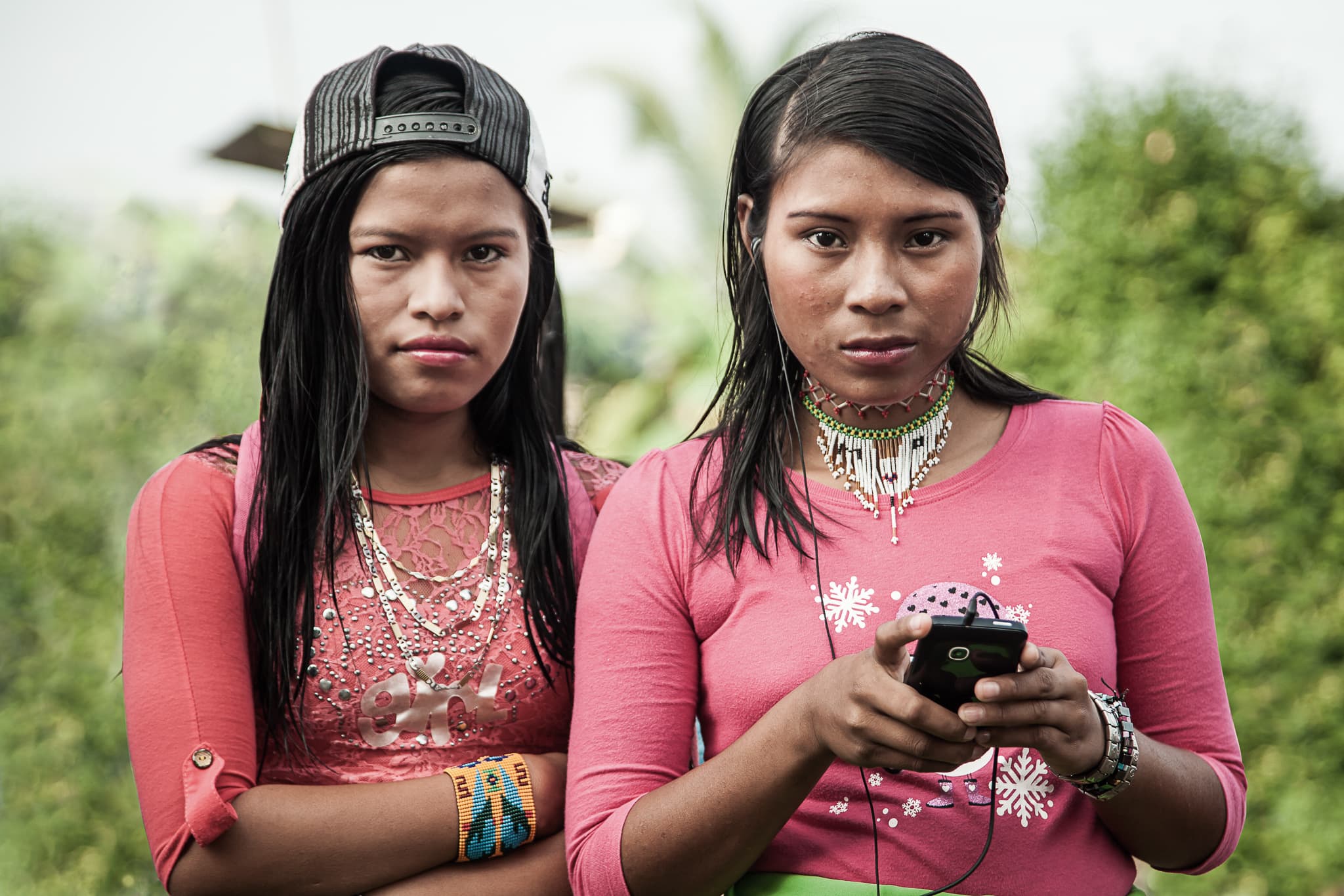
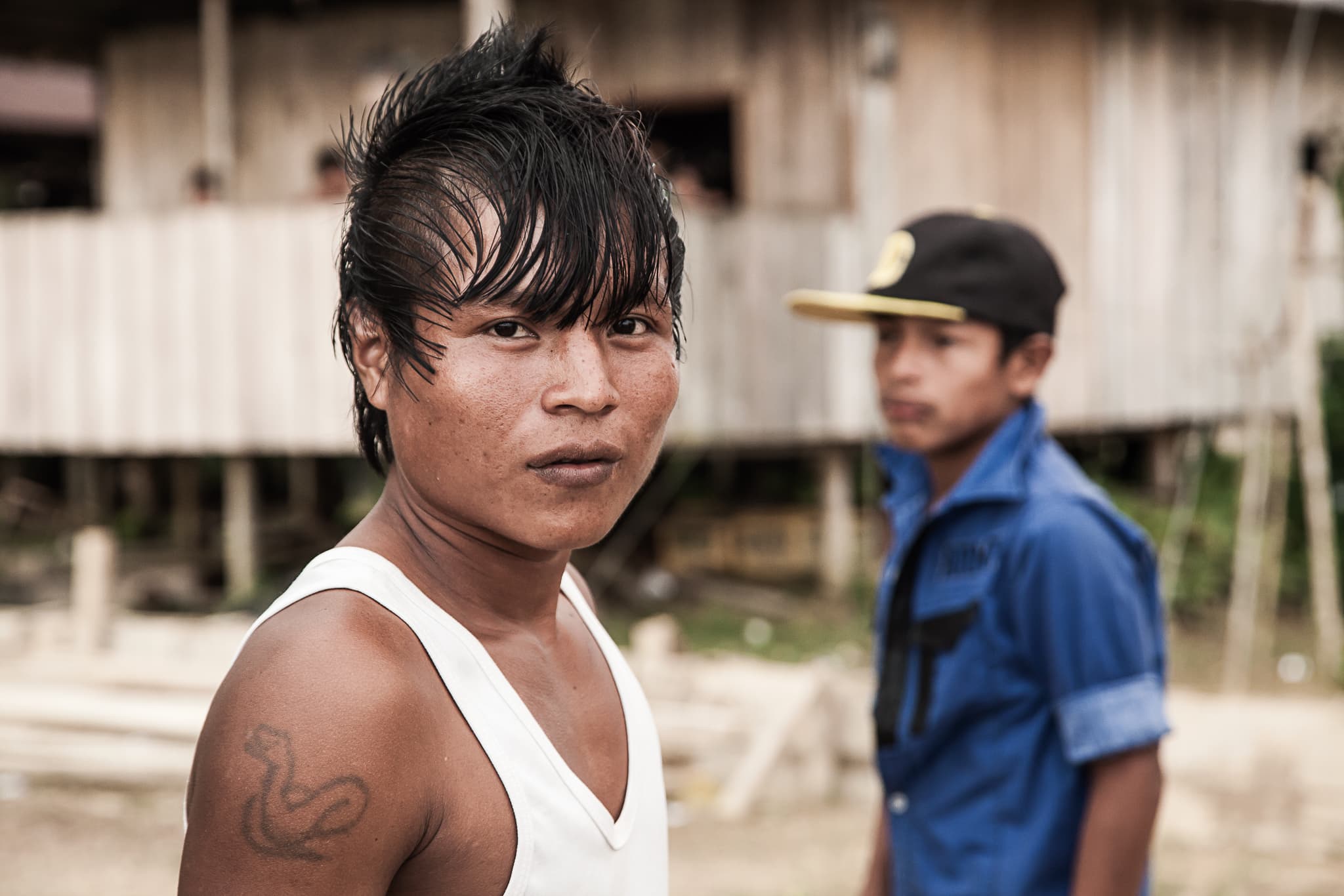
How do you see this adaptation and interpretation of outside cultural traditions and practices?
The clothes they wear and how they create music are interpreted and assimilated in a particular way. It’s not a simple copying process. But somehow, for example, they incorporate some garments into their traditional clothing and create a new identity, one of their own. For example, when it comes to singing, not all of them are fluent in Spanish; some of them don’t even speak Spanish at all. But they know reggaeton songs, vallenato, and different urban styles. They coexist in these two worlds.


